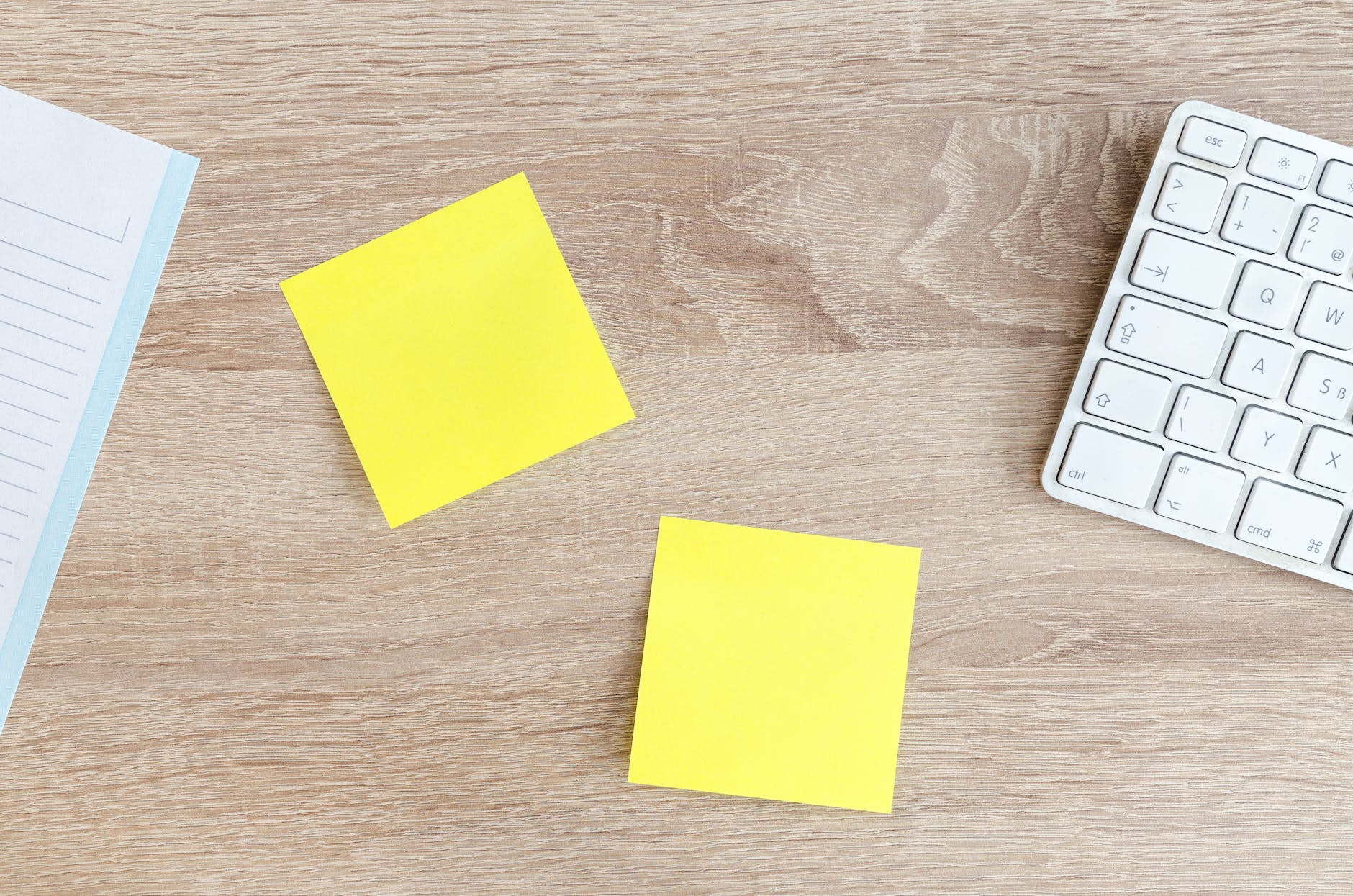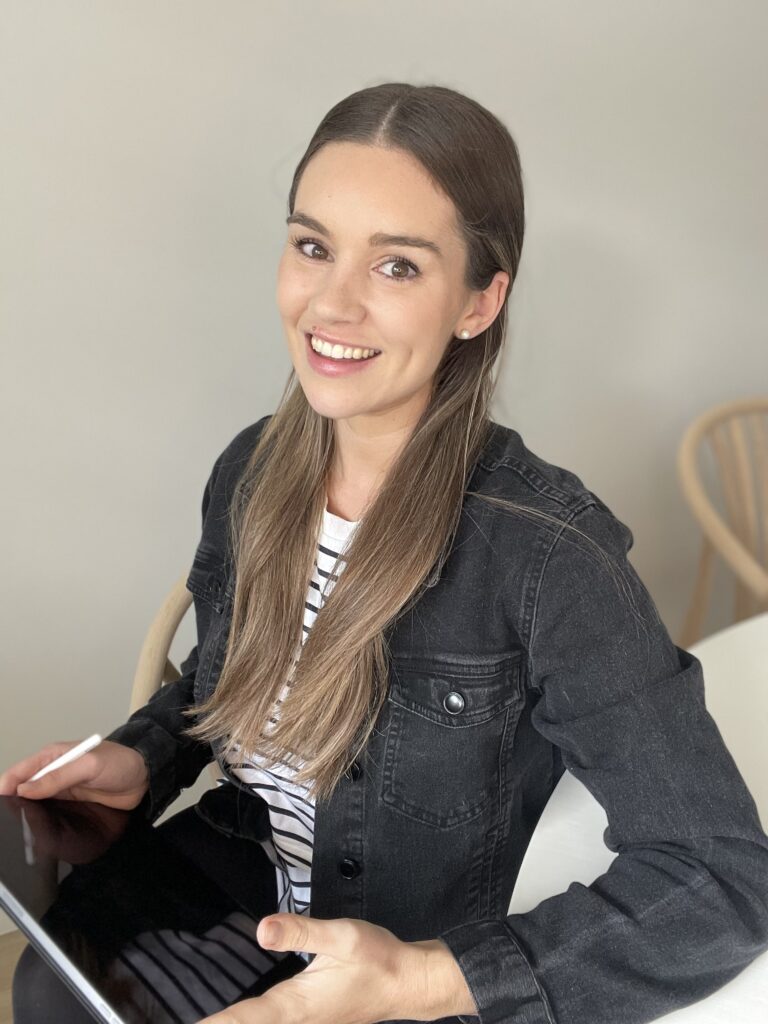As a busy teacher, your workspace plays a crucial role in your daily effectiveness and overall productivity. A cluttered desk can lead to distractions, misplaced documents, and unnecessary stress. However, fear not! With a few simple and actionable steps, you can transform your chaotic teacher desk into an organised and efficient hub of activity. Let’s take a look at five practical strategies to help you declutter your desk and reclaim your workspace.
1. Utilise Wall Space:
Make the most of your classroom’s wall space by hanging a chalkboard or whiteboard near your desk. These surfaces can be used to display important information, reminders, and upcoming events, freeing up valuable desk space. By shifting your daily to-dos and important notes to the board, you’ll have a clear view of essential tasks and eliminate the need for numerous sticky notes and scraps of paper cluttering your desk.
2. Implement Vertical Storage:
Vertical storage is a game-changer when it comes to maximising space and decluttering your teacher desk. Consider opting for vertical file holders or shelves that can be mounted on the wall or placed near your workspace. These storage solutions allow you to organise folders, lesson plans, and teaching materials in a neat and accessible manner, reducing desk surface clutter significantly.
3. Embrace Digital Resources:
Transitioning to a paperless approach is not only eco-friendly but also an effective way to minimise desk clutter. Whenever possible, opt for digital materials for lesson plans, resources, and assignments. Utilise digital tools and platforms to manage documents, annotate electronically, and collaborate with students and colleagues. This shift will not only reduce the paper piles on your desk but also enhance the efficiency of your teaching process.
4. Consolidate Notes:
Multiple pieces of paper with scattered notes can lead to confusion and a cluttered workspace. Streamline your note-taking process by keeping all your notes in one centralised notebook or digital app. Dedicate sections or folders for different subjects or projects, making it easy to find and refer back to important information. This consolidation technique will not only declutter your desk but also help you stay organised and focused.
5. Prioritise Frequently Used Items:
Identify the stationery and tools you use most often and keep them within easy reach on your desk. Items like pens, markers, a notepad, and other essentials should be readily available for quick access during your lessons. Less frequently used items can be stored in drawers or containers, reducing visual clutter and keeping your focus on teaching.
By implementing these five practical strategies to declutter your teacher desk, you’ll create an organised and conducive workspace that promotes productivity and reduces stress. Embrace the power of vertical storage, go digital where possible, and consolidate your notes to streamline your daily routines. Prioritise frequently used items to keep them within arm’s reach and display essential information on nearby wall space. By taking these simple, actionable steps this week, you’ll pave the way for a more organised and efficient workspace.

INTRODUCING
Conquer the Clutter
PAPER ORGANISATION & MANAGEMENT
FOR TEACHERS
Learn practical strategies and techniques to effectively manage the influx of paper documents in your professional life. This course will guide you step-by-step to declutter those paper piles and develop streamlined paper flow management systems.




